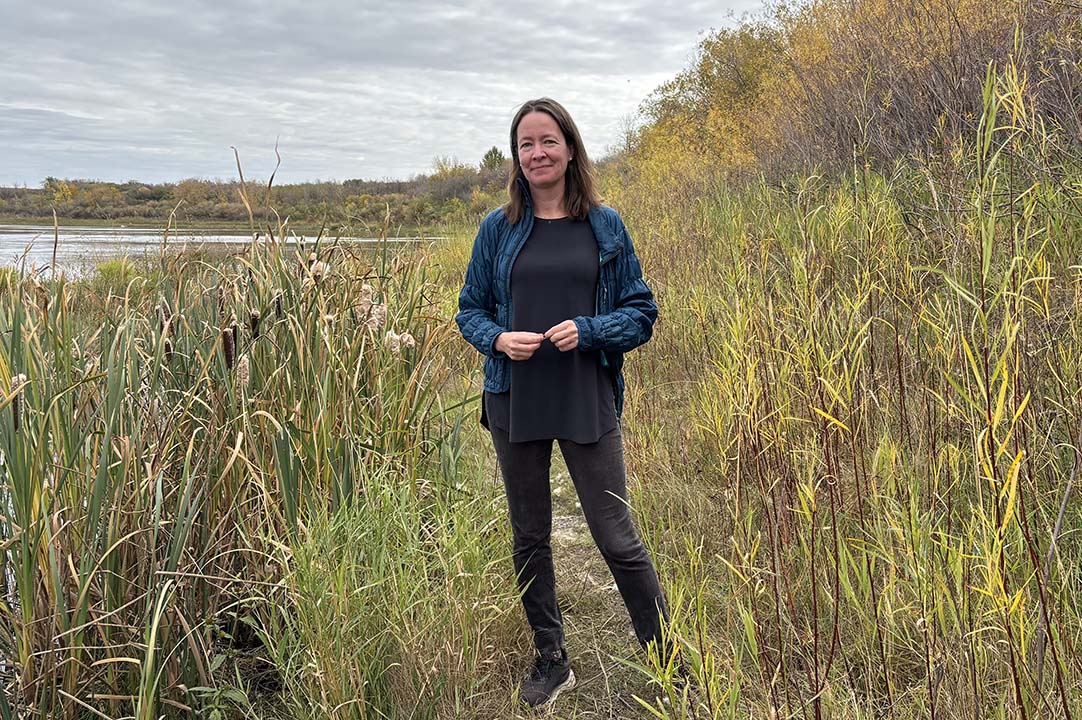
Protecting lakes for future generations: USask researcher focuses on water quality
From glacial pools to man-made reservoirs, Canada is home to more lakes than any other country in the world. These bodies of water are crucial to communities, providing year-round recreation, fishing, hydroelectric energy, and more.
By Erin Matthews, Research Profile and ImpactA variety of factors, including climate change, are putting Canada’s lakes at risk. But dedicated University of Saskatchewan (USask) researchers are making sure we can safeguard our drinking water and hold on to our recreational traditions.
“As a water researcher, my focus is on water quality, which is what makes our lakes swimmable and drinkable. I’m very interested in how we can protect them for the generations to come,” said Dr. Helen Baulch (PhD), professor in the School of Environment and Sustainability (SENS), Centennial Enhancement Chair in Aquatic Ecosystem Biogeochemistry, and member of the Global Institute for Water Security (GIWS).
Baulch said that, over the years, water quality has declined not just on the Prairies, but across the globe due to urban expansion, agricultural use and the changing climate. According to Baulch, water quality is a complex problem. Her work focuses on managing water quality while also balancing the needs of people and industries.
Currently, Baulch has her eyes set on Lake Winnipeg, the 10th largest freshwater lake in the world. In recent years the lake has seen an increased incidence of algal blooms that are harmful for swimmers and recreational users. This type of algae grows quickly and releases toxins that impact the lake’s animals and ecosystem. Baulch said the rise in these toxic algal blooms is related to nutrient pollution, meaning that high levels of phosphorus and nitrogen are washed into bodies of water like rivers and lakes from the surrounding soil. These nutrients “feed” the algae and cause rapid growth.
With investment from the Canadian Water Agency (CWA) and The Natural Sciences and Engineering Research Council of Canada (NSERC), Baulch is looking to understand what strategies are needed to tackle nutrient pollution by working with water experts, agricultural producers, researchers and communities to identify gaps in knowledge and look for opportunities for action. Part of the CWA’s Lake Winnipeg Freshwater Ecosystem, funding for this project was announced on October 18, 2025, by the Honourable Julie Dabrusin, Minister of Environment and Climate Change and minister responsible for the Canada Water Agency.
“We know solving water quality problems, like we see in Lake Winnipeg, is hard but our goal here is to look for areas where we see a consensus on solutions while pinpointing areas that we need to learn more about,” said Baulch. “If we make the best decisions we can, with expert knowledge this will really help Lake Winnipeg and other lakes in the Prairies.”
This project was undertaken with the financial support of the Government of Canada. Ce projet a été réalisé avec l’appui financier du gouvernement de Canada.

